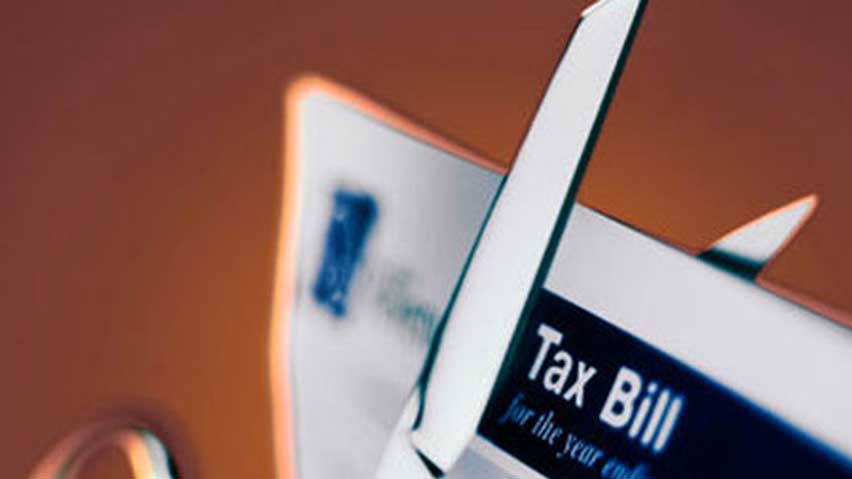Who doesn’t like a tax cut when they personally benefit from it? In a recent speech, the Treasurer said that personal tax cuts were required to prevent ‘bracket creep’ – that’s jargon for what happens when the tax rate thresholds don’t keep pace with inflation and more people are pushed into a higher tax bracket (they get taxed more and potentially lose access to benefits but are economically standing still).
The last change to the tax brackets was in 2012 to increase the tax-free threshold. The Government estimates that in the next two years, 300,000 Australians will move into the second highest tax bracket. And, by 2025, 43% of taxpayers will be in the top two tax brackets. The political problem is that because personal tax rates are a percentage, any cut to personal tax rates benefits higher income earners – they earn more therefore the dollar value of the cut is more. As it stands, the top 10% of income earners pay almost half of all personal tax collected – in the 1990s it was closer to 25%.
The Treasurer also points out that in many cases, women returning to work after being on maternity leave are often worse off or no better off once you factor in the cost of childcare. It’s a big issue for many families and prevents women contributing in the workforce.
So, the Treasurer has identified problems that most people would be aware of from personal experience, but what about solutions? That it seems is for another time. The Options Paper on tax reform is due out before the next election.



